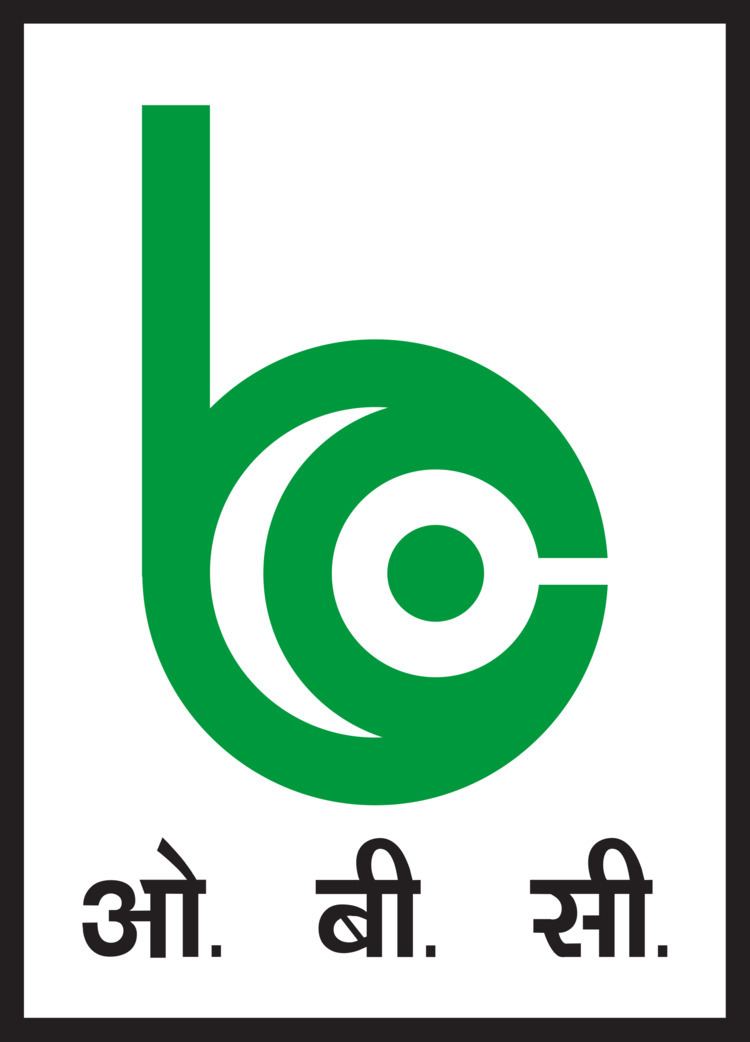Headquarters Haryana Number of employees 21,469 | Customer service 1800 180 1235 Founded 19 February 1943 | |
 | ||
Traded as BSE: 500315NSE: ORIENTBANK Industry BankingFinancial services Key people Shri Animesh Chauhan (CEO & MD) Products Investment bankingConsumer bankingCommercial bankingRetail bankingPrivate bankingAsset managementPensionsMortgagesCredit cards Revenue ₹20,058.71 crore (US$3.0 billion) Stock price ORIENTBANK (NSE) ₹ 146.30 +9.95 (+7.30%)24 Mar, 3:42 PM IST - Disclaimer CEO Animesh Chauhan (31 Dec 2014–) | ||
How to start net banking in oriental bank of commerce online
Oriental Bank of Commerce (Hindi:ओरिएंटल बैंक ऑफ कॉमर्स) is an India-based bank established in Lahore (then the city of British India, and currently in Pakistan), is one of the public sector banks in India.
Contents
- How to start net banking in oriental bank of commerce online
- Oriental bank of commerce 75 years anniversary celebrations
- History
- Chairpersons
- Overview
- References
Oriental bank of commerce 75 years anniversary celebrations
History
Rai Bahadur Lala Sohan Lal, the first Chairman of the Bank, founded OBC in 1943 in Lahore. Within four years of its coming into existence,OBC had to face Partition. The bank had to close down its branches in the newly formed Pakistan and shift its registered office from Lahore to Amritsar. Lala Karam Chand Thapar, the then Chairman of the Bank, in a unique gesture honoured the commitments made to the depositors from Pakistan and paid every rupee to its departing customers.
The Bank has witnessed many ups and downs since its establishment. The period of 1970-76 is said to be the most challenging phase in the history of the Bank. At one time profit plummeted to ₹175, that prompted the owner of the bank, the Thapar House, to sell / close the bank. Then employees and leaders of the Bank came forward to rescue the Bank. The owners were moved and had to change their decision of selling the bank and in turn they decided to improve the position of the bank with the active cooperation and support of all the employees. Their efforts bore fruits and performance of the bank improved significantly. This was the turning point in the history of the bank.
The bank was nationalised on 15 April 1980. At that time OBC ranked 19th among the 20 nationalised banks.
In 1997, OBC acquired two banks: Bari Doab Bank and Punjab Cooperative Bank. The acquisition of these two banks brought with it no additional branches.
The bank has progressed on several fronts, crossing the Business Mix mark of ₹2 lac crores as on 31 March 2010 making it the seventh largest Public Sector Bank in India.
On 14 August 2004, OBC amalgamated Global Trust Bank (GTB). GTB was a leading private sector bank in India that was associated with various financial discrepancies leading to a moratorium being imposed by RBI shortly before it merged into OBC. The acquisition brought with it 103 branches, which increased OBC's branch total to 1092.
Chairpersons
The Chairpersons (CMD) of the bank were as under:
Overview
The bank offers a wide range of banking products and services such as deposit accounts, loans, debit cards, credit cards (with tie up with SBI), Insurance products, ATMs, Internet banking, Mobile Banking, Self-banking halls, call centre, etc.
The Bank has launched yet another people's participation in the planning process at grass root level essentially to tackle the maladies of poverty. The Grameen Projects venture aims to alleviate poverty plus identify the reasons responsible for the failure or success.
OBC is already implementing a GRAMEEN PROJECT in Dehradun District (UK) and Hanumangarh District (Rajasthan). Formulated on the pattern of the Bangladesh Grameen Bank, the Scheme has a unique feature of disbursing small loans ranging from ₹75 (~US $1.5) onwards. The beneficiaries of the Grameen Project are mostly women.The Bank is engaged in providing training to rural folk in using locally available raw material to produce pickles, jams etc. This has provided self-employment and augmented income levels thus reforming lives of rural folk and encouraging cottage industries in rural areas.
OBC launched yet another unique scheme christened 'The Comprehensive Village Development Programme' on the auspicious day of Baisakhi, the 13th of April 1997 at three villages in Punjab namely Rurki Kalan (Distt. Sangrur), Raje Majra (Distt. Ropar) and Khaira Majha (Distt. Jaladhar) and two villages in Haryana, namely Khunga (Distt. Jind) and Narwal (Distt. Kaithal). The pilot launch was a great success. Emboldened by the success, Bank extended the programme to more villages. At present, it covers 15 villages; 10 in Punjab, 4 in Haryana and 1 in Rajasthan. The programme focuses on providing a comprehensive and integrated package providing rural finance to the villagers with Village Development as its focus, thus contributing towards infrastructural development and augmentation of income for each farmer of the village. The Bank has implemented 14 point action plan for strengthening of credit delivery to women and has designated 5 branches as specialised branches for women entrepreneurs.
